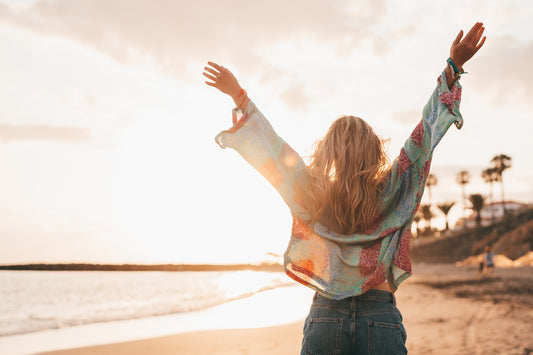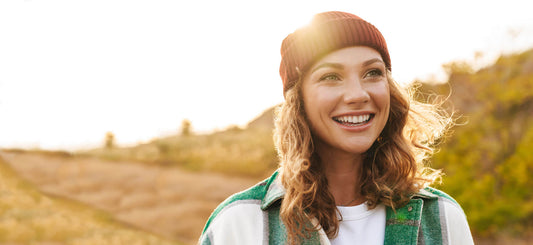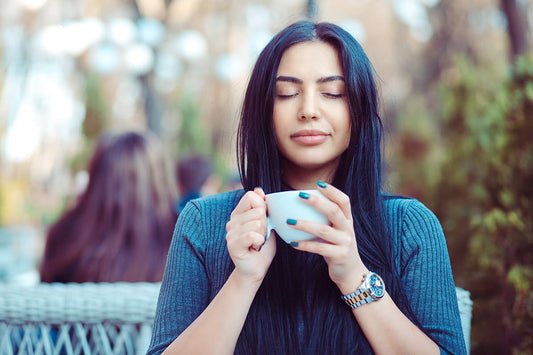What are varicose veins?

Varicose veins are swollen, twisted veins that you can see just under the surface of the skin and typically have a blue or dark purple appearance. The subcutaneous veins of the legs are the veins most commonly affected, due to the gravitational pressure that standing exerts on the veins. The term commonly refers to the veins on the leg although varicose veins can also form elsewhere in the body, such as haemorrhoids.
Varicose veins affect nearly 50% of middle-aged adults and there are many factors that can raise your risk for varicose veins including family history, older age, gender (women are affected four times as frequently as men), pregnancy, excess bodyweight, and lack of movement.
When an individual stands for long periods of time, the pressure build-up in the vein can increase up to 10 times. Hence, individuals with occupations that require long periods of standing are at greatest risk for developing varicose veins.
Causes
Many theories exist as to why varicosities occur in veins, but the consensus is that defective and damaged valves within the veins along with weakened vein walls are the cause. A malfunctioning valve can cause blood to run backwards, this causes pressure to build up in the veins. Eventually the veins are unable to hold the pressure and start to expand causing bulging of the veins known as varicose veins.
Symptoms
The most obvious symptom of varicose veins is the pronounced look of the veins themselves. In general, varicose veins cause little harm if the involved vein is near the surface. For most individuals they are simply a cosmetic concern more than anything else. They usually cause few symptoms, though some varicose veins can cause mild to moderate achy legs and feet, swelling, skin colour change, skin ulcers, blood clots and tender areas around the pronounced veins.
But varicose veins aren’t always simple cosmetic flaws. A more serious form of varicose vein involves obstruction and valve defects of the deeper veins of the leg. These people may experience serious pain and discomfort from their varicose veins. This type of varicose veins can lead to problems such as thrombophlebitis, pulmonary embolism, myocardial infarction, and stroke.
Treatment
Clinical treatments of varicose veins can include radio-frequency treatment, laser treatment or the surgical repair of the varicose veins. However, there are a number of natural remedies that can help to treat and minimise further development of varicose veins.
Butcher’s broom and Horse chestnut are two herbs which have a long tradition of use in the treatment of varicose veins and haemorrhoids.
Horse chestnut seeds contains a compound call escin. Escin has been found to have anti-inflammatory properties, decreases capillary permeability and has a venotonic action which means that it helps improve venous tone of the elastic fibres in the vein wall.
Butcher’s broom rhizome has being found to contain an active ingredient called ruscogenins. These compounds have anti-inflammatory and vasoconstrictor effects.
Gotu kola is another herb that has demonstrated positive clinical results in the treatment of venous insufficiency of the lower limbs and varicose veins.
Flavonoid-rich extracts are an important aspect of treating varicose veins and have been found to be effective in increasing the integrity of the wall of the vein, reducing capillary fragility and increasing the muscular tone of the vein.
Using a herbal supplement may help to improve the symptoms of varicose veins and prevent further varicosities from forming. Vein Health contains the herbs Horse chestnut and Butcher’s broom plus bioflavonoids, hesperidin, rutin and vitamin C to provide capillary and vein wall support.
Diet
A high fibre diet is a very important aspect to consider in the prevention of varicose veins. By including plenty of vegetables, fruits, grains and legumes in the diet this means that less straining is required to pass a bowel movement. When people consume a very low fibre diet straining to go to the toilet means increased pressure in the abdomen, which obstructs the flow of blood up the legs. Increased pressure over time may weaken the vein walls, leading to formation of varicose veins.
Including plenty of flavonoid-rich berries such as blueberries, cherries and blackberries is also beneficial in the prevention and treatment of varicose veins as berries are a rich source of proanthocyanidins and anthocyanidins.
Lifestyle
Exercising on a daily basis is important to improve circulation in the legs. Also keeping the legs elevated and wearing compression stockings can help to relieve many of the symptoms associated with varicose veins.
Written by Claire McCrea BHSc (Nat), ND, Ad Dip WHM, Dip Nut


